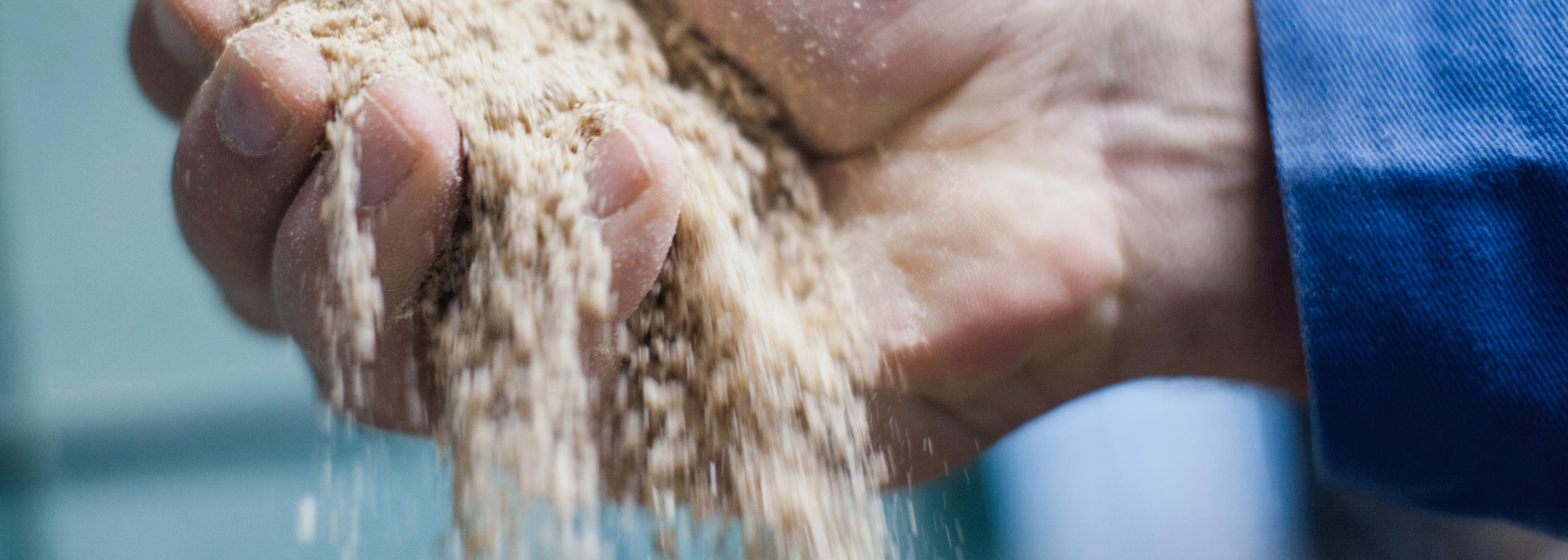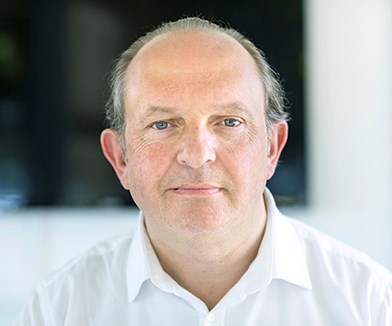Beginning of the end of antibiotics in poultry production?
An article from Watt AgNet focuses on how antibiotics are being phased out of modern poultry production. The article is based on a seminar with speaker Brett Lumpkins, PhD, Southern Poultry Research who spoke on “Bridging the Gap in Feeding Antibiotic Restricted Broilers" at IPPE 2017. The seminar was hosted by HAMLET PROTEIN.
By Roy Graber, staff reporter at WATT Global Media
(Referral to the article is made possible with kind permission from WattAgNet).
Poultry industry must begin adapting to the demand for chicken raised without antibiotics, IPPE speaker says
For fifty years, the use of antibiotics have been a tried and true way of enhancing animal health, uniformity, and production efficacy in the poultry industry, said Brett Lumpkins, PhD, Southern Poultry Research.
But Lumpkins believes it is now “the beginning of the end” of antibiotic use in poultry production, and the industry needs to adapt to new methods of production, he said during the talk “Bridging the Gap in Feeding Antibiotic Restricted Broilers,” held January 31 at the International Production & Processing Expo (IPPE) in Atlanta, Georgia.
European trend gathering steam in U.S.
Lumpkins noted that the move away from antibiotic use had its origins in Europe. Sweden was the first to remove and ban antibiotics from livestock feeding, doing so in 1986. Denmark followed in 1994. Soon after that, more countries in the European Union began to feel the consumer pressure of antibiotic-free rearing, and January 2016 marked the beginning of the ban on antibiotic feeding in the EU.
“Is this the beginning of the end,” Lumpkins asked rhetorically. He believes it is.
“Like most things that happen in Europe, it seems to find its way over [to the United States],” he said.
Chick-fil-A announced its plan to serve chicken without antibiotics in 2014, and a little more than a year later, McDonald’s announced a plan to phase out the use of chicken raised with antibiotics important to human medicine. A number of restaurant chains have followed suit.
And while Lumpkins said Sanderson Farms, the third largest poultry processing company in the United States, has stood very firmly in its stance to not eliminate antibiotics from poultry production, the pressure to transition to poultry raised without antibiotics is intensifying, through advertisements, social media messages and news reports.
The biggest push is that the consumers believe that chicken raised without antibiotics is safer.
The consumer perception ‘is the cheese’
Referencing the book “Who Moved My Cheese,” which chronicles changes to life and work, and four typical reactions to those chnges by two mice and “two little” people during their hunt for cheese, Lumpkins said the poultry industry is the proverbial mouse.
“Basically, we are the mouse, and the cheese is the consumer perception. We have to learn to adapt, and move to get to that cheese. That’s the way it’s going, we have to be able to figure out optimal growth performance by giving a very high quality meat product to the consumer that is antibiotic free,” he said.
Events with Hamlet Protein
We attend events around the world. Meet us at exhibitions and seminars - we always look forward to welcoming you!
We also sponsor conferences with focus on young animal nutrition.
Have a look below where to meet us next.


